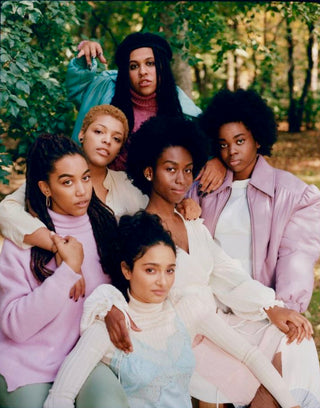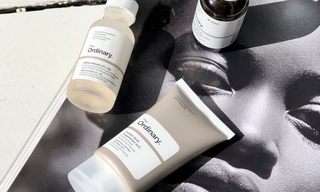
It has been a little over a year since countless organisations around the world, including beauty brands and retailers big small made a plethora of promises to be inclusive of people of colour (POC) and the needs of people of colour. How are your favourite beauty brands and retailers doing in fulfilling their promises of inclusivity? As a person of colour, do you feel included or exploited? Here is a guide to help you to decide.
What is inclusive beauty & why does it matter?
As the phrase "inclusive beauty" like anything else, is often abused and mismarketed just like anything else that is trending, it is important to have a fundamental understanding of its true meaning in order to fully understand its intended use by the brand/retailer.
Inclusive beauty is the basic accceptance of the Human diversity. It is a term coined to reflect beauty that caters to all individuals, regardless of their gender, age, religion, skin tone, hair type, skin type, etc. Inclusive beauty matters because all individuals are equal. Hence, equally deserve to have their needs met without discrimination.
How do brands & retailers become truly inclusive?
Although, all skin tones and hair patterns are equally beautiful, the composition of our hair and skin significantly differs to those of our nonpoc counterparts so not all ingredients work on all bodies. Hence, careful science and scientists who are fully equipped with this knowlege are required to create products that meet the needs of poc. In addition, representatives of poc are essential to work in collaboration with organisations to express their real pain points by giving, firsthand experiences of what works and what doesn't work. It is not enough for organisations to simply, make decisions for the excluded group because no one truly knows what it is like to walk in another's shoes.
Inclusive beauty in Australia & New Zealand
It's no secret that POC are large consumers beauty products due to our endless well of creative hairstyles that continuously serves as the benchmark for popular culture trends and beautiful skin that was made to glisten and break ageing rules through all seasons (with a little help from Cocoa or Shea butter ofcourse).
In the US, statistics show that Black consumers makeup around 85% of the ethnic Beauty industry despite POC being a minority in the country. Such key statistics are currently not available in Australia and New Zealand. Hence, in recent times some brands and retailers across this region have resorted to marketing ploys such as petitions under false pretences of care to simply, conduct their market research to determine if catering to the needs of BIPOC is worth their investment.
Beauty beyond tokenism
With tactful marketing, it can be very difficult to know if a brand is truly inclusive for many reasons. To better determine what is inclusive, it can be useful to look at what isn't inclusive.
Inclusive beauty means you too. It is not, you too if (insert action required from excluded group) in order to be included where no such action was required from favoured groups.
Inclusive beauty is not:
- using models and influencers to promote the product when the product has little/no benefit to this population of people. This is false advertising.
- trading stories of trauma for inclusion. This is a form of exploitation.
- brands utilising beauty methods, ingredients or tools from the target audience as a token of diversity. This is also another form exploitation.
How to avoid being exploited & protect your mental health
Frustrated by the lack of diversity from your favourite brands and retailers? Here are some of the ways, you can protect your mental health:
1. Shop POC exclusive or inclusive brands. This includes offering feedback on what is working and what isn’t to enable them to better meet the needs of POC.
2. Do your research on ingredients being used, who was consulted and the set-up of the organisation or brand (i.e are POC part of the organisation’s decision-makers or consultation groups?)
3. Hold brands and organisations accountable by asking questions such as, what is the intention here? and speaking up when an error has been made. If an unsatisfactory response is provided, you still have power by choosing alternatives. POC have spending power, use it!
4. Remember that, it is not your place to make others see your value. Go where you are already being appreciated.
5. Trust your instincts. If it looks like exploitation, feels like exploitation. It is probably exploitation.




